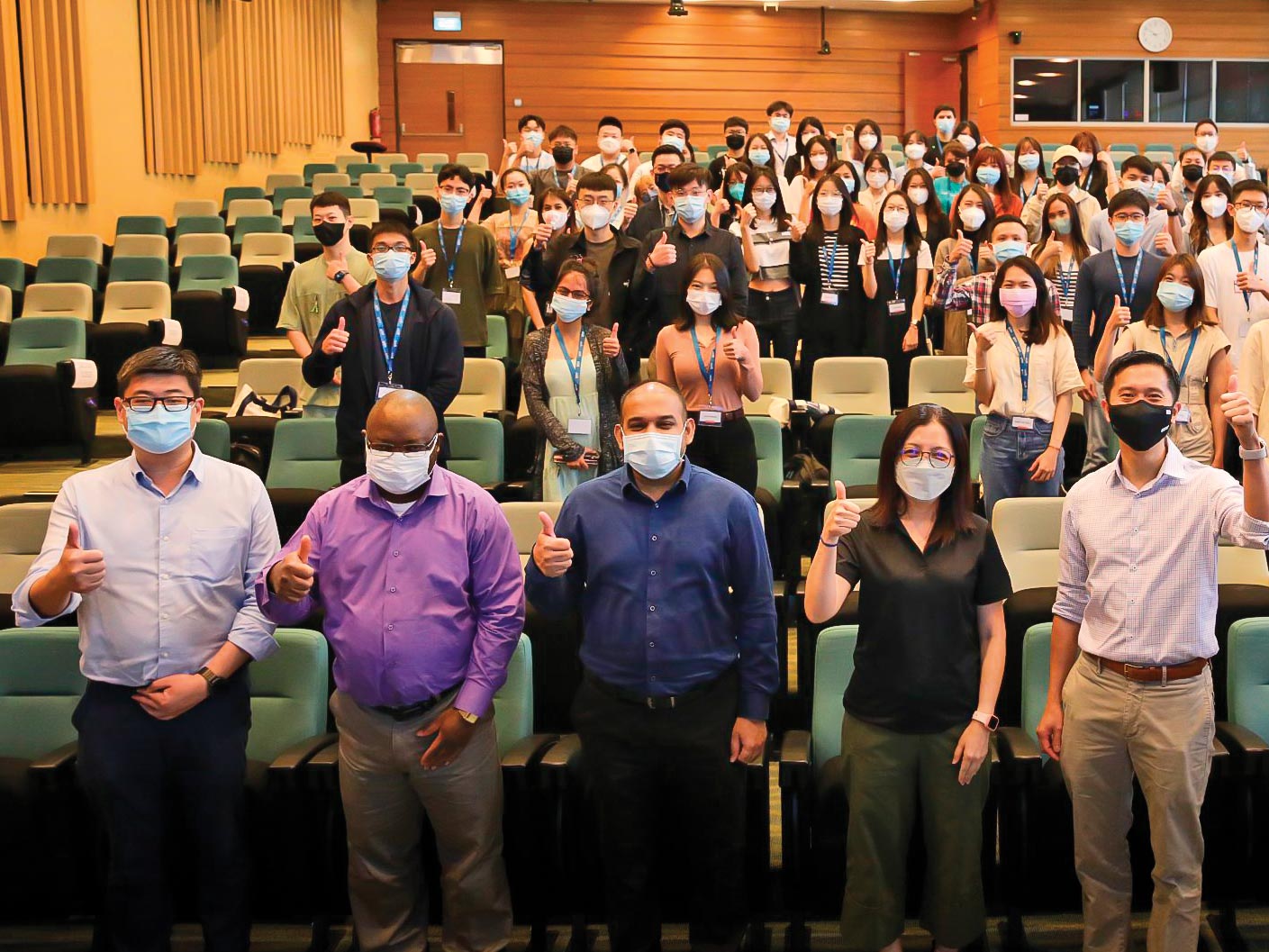It is sobering that, particularly for youth, many of these factors fall outside the circle of their control. Could nine-year-old Amelia have berated her parents for spending too little time with her? Could we have expected Charles to demand that he be treated for a condition which would likely frighten any 14-year-old?
Public discourse often pitches therapy or “seeking help” as the panacea for one’s mental health woes. It is lauded as the proverbial pumpkin that portals Cinderella into the palace of eternal well-being.
But what happens when one doesn’t “vibe” with their first counsellor? Or if one starts seeking help at their breaking point, only to find that the waiting time to see their university counsellor is three months?
While systemic shifts must occur to address the myriad issues inhibiting timely access to care, perhaps we also need to nuance our conversations surrounding mental health.
Moving beyond didactic or consolatory messages (Go see a therapist! It’s okay to not feel good!), what if we used hope to power our slogans and stories?
For every case like Amelia and Charles, there is one like Ella’s. She is a 30-year-old who ambles into the clinic, perfectly kempt, chatting animatedly about how her kids are all studying diligently for the national exams. Just a decade ago, she was hospitalised for a month after a manic episode from her bipolar disorder—she had flung herself out of a taxi after yelling “they’re chasing me, they’re chasing me, let me out!”. She has not had a relapse in years.
Dr Tom Insel, psychiatrist, and former director of the National Institute of Mental Health in the United States, traces the road to mental health recovery as optimising for “people, place and purpose”. People, in fostering social support; place, in having a safe and supportive environment to be in; and lastly, purpose: having a reason to be, to care about and wake up for.
While the psychiatric formulation is largely oriented around the psychiatric issue at hand, perhaps there is room for us as a society to consider a more optimistic approach in enabling recovery. Instead of disease minimisation, what if we chose to optimise for hope and flourishing? To look at nourishing a patient’s purpose, fostering a place for them to recover in, and empowering others to support them?
What we don’t talk about: closing the discourse gap
The word stigma derives from the Greek stizein, meaning “to tattoo”. “Stigma” in English first referred to the mark left by a hot iron—that is, a brand.
We speak passionately about breaking the stigma surrounding mental health and talk about how mental health is important, but the discourse is rarely immediate and personal.
When I wrote about my own struggle with mental health for The Straits Times, I hesitated to hit send on the email. It felt “grittier” to keep it under wraps and power through, like a well-oiled machine. I was afraid of being labelled as exploitative for using my mum’s cancer as a “get out of jail free card”. I didn’t wish for my experience as a caregiver to turn into a caricature or cliche.
But I believe there’s power in being vulnerable, even when the story isn’t neatly bow-tied and packaged. Let’s move beyond sterile revelations from stats or manicured testimonies—I think we shatter stigmas by being straight and candid with our own stories.
*Names and minor details have been modified to protect the identities of the patients mentioned in this article.






